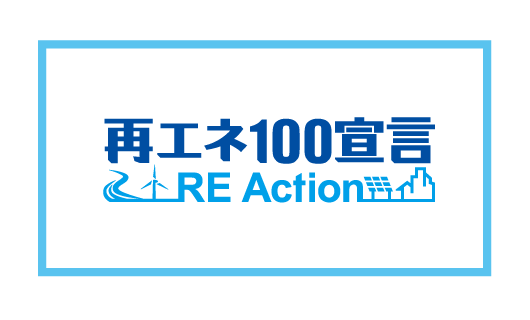コープふくしまが組合員の協力を得て行っている、実際の食事に含まれる放射性物質測定調査に関する論文が、英国の専門誌『放射線防護』(電子版)(Journal of Radiological Protection)の第33巻4号に掲載され、その紹介ページが公開されています。
|
Journal of Radiological Protection Volume 33 Number 4
電子版「放射線防護」第33巻4号、2013年10月
Intake of radioactive materials as assessed by the duplicate diet method in Fukushima
陰膳方式による福島県における放射性物質摂取に関する評価
| 英語サイト |
 |
http://iopscience.iop.org/0952-4746/33/4/823/ |
以下はこちらのページで紹介されている、Abstract(概要)の日本語訳となります。
|
Abstract A large quantity of radioactive materials was released from Reactor-II of the Fukushima Daiichi Nuclear Power Plant (F-1 NPP). People living in the area affected by the release are concerned about internal exposures from the daily intakes of contaminated foodstuffs. In order to assess whether the people should be concerned, Co-op Fukushima (Consumer Co-operative in Fukushima Prefecture) conducted a broad survey of radiocaesium in daily meals for which local inhabitants voluntarily provided a set of duplicate meals. Analyses by the duplicate diet method were conducted from November 2011 to March 2012 and from June 2012 to September 2012, each covering 100 families throughout the prefecture. Among the 200 meals thus analysed, 12 were found to have 134Cs and/or 137Cs concentrations exceeding 1 Bq kg-1. Even with the largest radiocaesium value in our survey, daily consumption of such meals throughout a year gave an annual committed effective dose that did not exceed 0.1 mSv. (概要) 福島第1原子力発電所2号炉から大量の放射性物質が放出された。放出の影響を受けた地域に住む人々は、日々の食事で汚染された食品を食べることによる内部被ばくを懸念している。コープふくしま(福島県の生活協同組合)は、人々が懸念すべきか否かを確かめるために、家族の人数より1人分多く作ってもらった食事(陰膳)を自発的に提供してもらい、含まれる放射性セシウムを測定した。陰膳調査の期間は、2011年11月~2012年3月と、2012年6月~2012年9月である。調査に参加したのは県内の合計200家庭であった。セシウム134またはセシウム137が1キログラムあたり1ベクレル(Bq)を超えていたのは、200家庭のうち12家庭であった。最も大きい放射性セシウムの濃度を示した食事を1年間続けたとしても、年間の預託実効線量は0.1ミリシーベルト(mSv)を超えるものではなかった。 |
※なお、論文全文の閲覧は有料となります。
掲載されている食事調査結果については、こちらでご覧頂けます。
2011年度の調査結果>>
2012年度上期の調査結果>>













